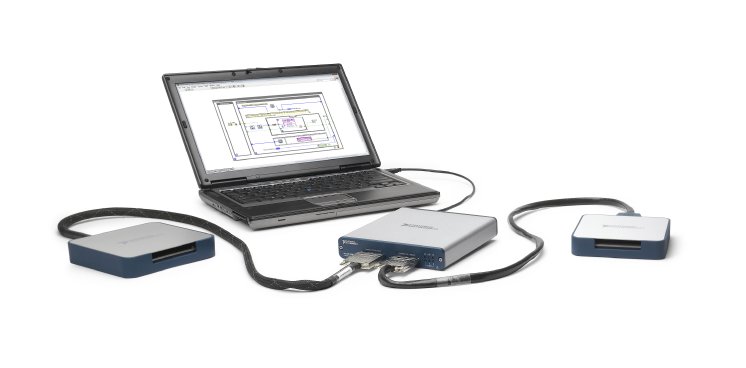The LabVIEW RIO architecture is an integral part of the NI graphical system design platform. A modern approach to designing, prototyping and deploying embedded monitoring and control systems, graphical system design combines the open NI LabVIEW graphical programming environment with commercial off-the-shelf hardware to dramatically simplify development, which results in higher-quality designs with the ability to incorporate custom design.
“Using these new USB R Series devices, engineers and scientists can create highly customizable measurement and control systems using standard PC technology,” said Jamie Smith, director of embedded systems marketing at National Instruments. “They are ideal for high-performance medical, life science and semiconductor machines.”
Key features:
- Xilinx Kintex-7 FPGA: Implement tasks like custom timing and triggering, synchronization, multirate sampling, high-speed control and onboard signal processing.
- Improved I/O: Take advantage of analog input and analog output rates of up to 1 MHz for closed-loop control tasks, as well as digital I/O (DIO) rates of up to 80 MHz.
- Selectable Logic Levels From 1.2 to 3.3 V: Adjust DIO levels to meet specific application requirements.
- Selectable Gain for Analog Input Ranges: Get more resolution at lower voltage ranges.
- OEM Options Available: Get the same power in a board-only form factor with the flexibility to create your own I/O interface.
Learn more about the new USB R Series boards.



